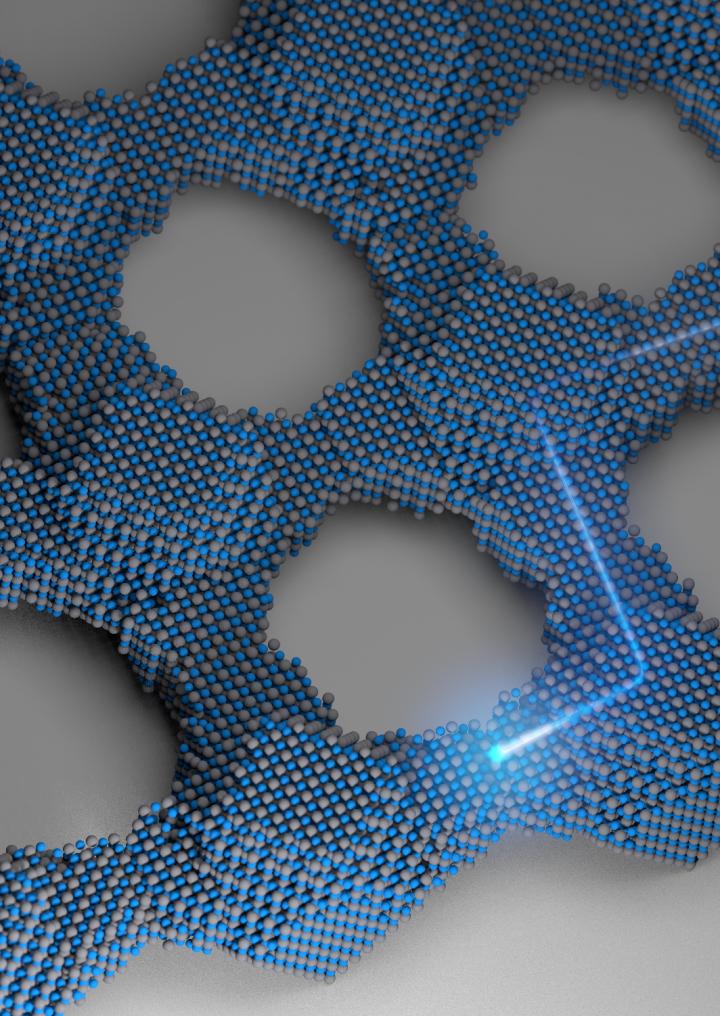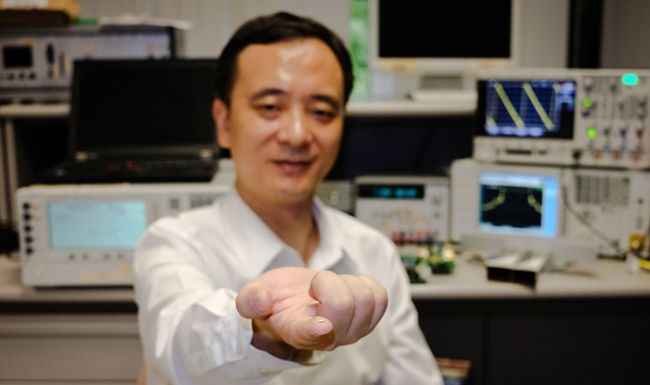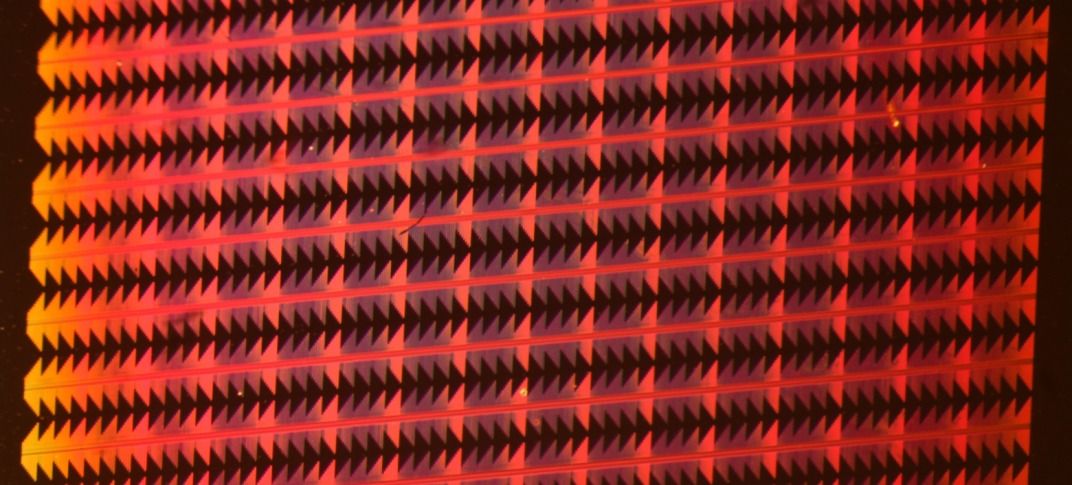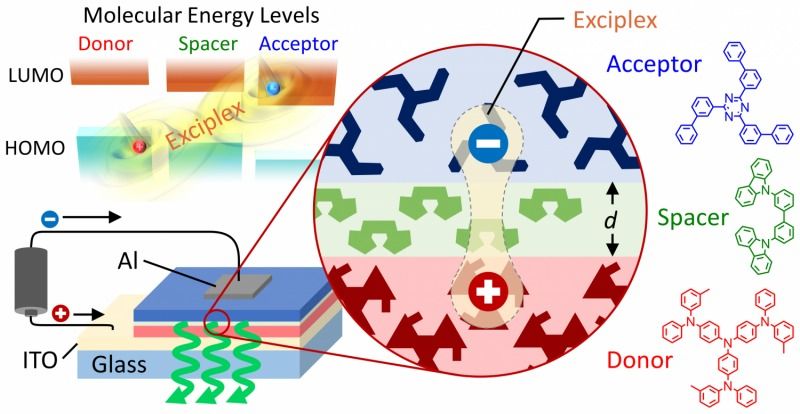Archive for the ‘electronics’ category: Page 85
Feb 29, 2016
Physicists promise a copper revolution in nanophotonics
Posted by Shailesh Prasad in categories: computing, electronics, nanotechnology, physics
Researchers from the Moscow Institute of Physics and Technology (MIPT) have for the first time experimentally demonstrated that copper nanophotonic components can operate successfully in photonic devices – it was previously believed that only gold and silver components could do so. Copper components are not only just as good as components based on noble metals; they can also be easily implemented in integrated circuits using industry-standard fabrication processes. “This is a kind of revolution – using copper will solve one of the main problems in nanophotonics,” say the authors of the paper. The results have been published in the scientific journal Nano Letters.
The discovery, which is revolutionary for photonics and the computers of the future, was made by researchers from the Laboratory of Nanooptics and Plasmonics at MIPT’s Centre of Nanoscale Optoelectronics. They have succeeded, for the first time, in producing copper nanophotonic components, whose characteristics are just as good as those of gold components. It is interesting to note that the scientists fabricated the copper components using the process compatible with the industry-standard manufacturing technologies that are used today to produce modern integrated circuits. This means that in the very near future copper nanophotonic components will form a basis for the development of energy-efficient light sources, ultra-sensitive sensors, as well as high-performance optoelectronic processors with several thousand cores.
The discovery was made under what is known as nanophotonics – a branch of research which aims, among other things, to replace existing components in data processing devices with more modern components by using photons instead of electrons. However, while transistors can be scaled down in size to a few nanometres, the diffraction of light limits the minimum dimensions of photonic components to the size of about the light wavelength (~1 micrometre). Despite the fundamental nature of this so-called diffraction limit, one can overcome it by using metal-dielectric structures to create truly nanoscale photonic components. Firstly, most metals show a negative permittivity at optical frequencies, and light cannot propagate through them, penetrating to a depth of only 25 nanometres. Secondly, light may be converted into surface plasmon polaritons, surface waves propagating along the surface of a metal. This makes it possible to switch from conventional 3D photonics to 2D surface plasmon photonics, which is known as plasmonics. This offers the possibility of controlling light at a scale of around 100 nanometres, i.e., far beyond the diffraction limit.
Continue reading “Physicists promise a copper revolution in nanophotonics” »
Feb 29, 2016
Quantum dot solids: a new era in electronics?
Posted by Sean Brazell in categories: electronics, energy, quantum physics


Just as the single-crystal silicon wafer forever changed the nature of communication 60 years ago, Cornell researchers hope their work with quantum dot solids — crystals made out of crystals — can help usher in a new era in electronics.
Continue reading “Quantum dot solids: a new era in electronics?” »
Feb 27, 2016
Are Quantum Dots the Silicon Wafers of the Future?
Posted by Karen Hurst in categories: electronics, quantum physics
I cannot wait until Q-Dot technology is commercially available to industries. When we start releasing Q-Dots to the commercial sector we’re going to see some real magic happen and possibly even able to improve many things that are refined, or created today. https://lnkd.in/bF4xm73
Silicon wafers have long been the go-to for all things electronic. First appearing in the ‘50s, they quickly made it as THE connectors, basically singlehandedly kickstarting the silicon revolution. A team of researchers from the Cornell University have discovered something they consider to be the next big step in quantum electronics. They are quite certain of the answer to the question “Are Quantum Dots the Silicon Wafers of the Future?”.
Feb 27, 2016
This filmmaker put a tiny camera in his prosthetic eye. He calls it the Eyeborg
Posted by Matthew White in categories: biotech/medical, cyborgs, electronics
Feb 26, 2016
ATR 72 prototype tests all-electrical energy management system
Posted by Karen Hurst in categories: electronics, energy, materials, transportation
European turboprop aircraft manufacturer ATR said a prototype ATR 72 conducted a demonstration flight to test an all-electrical energy management system that aims to optimize electrical power distribution.
The flight is the second the ATR 72 demonstration aircraft has flown as part of the European Union’s “Clean Sky Joint Undertaking” program. The first test flight by the ATR 72 prototype, conducted in July 2015, trialed “new and more effective composite insulation materials and new vibro-acoustic sensors integrated into a large panel of the ATR aircraft fuselage,” ATR said in a statement.
The manufacturer said the two demonstration flights “also tested new generation optical fibers for improved identification of micro-cracks and easier maintenance.”
Continue reading “ATR 72 prototype tests all-electrical energy management system” »
Feb 26, 2016
Artificial control of exciplexes opens possibilities for new electronics
Posted by Karen Hurst in categories: computing, electronics, materials, solar power, sustainability
Demonstrating a strategy that could form the basis for a new class of electronic devices with uniquely tunable properties, researchers at Kyushu University were able to widely vary the emission color and efficiency of organic light-emitting diodes based on exciplexes simply by changing the distance between key molecules in the devices by a few nanometers.
This new way to control electrical properties by slightly changing the device thickness instead of the materials could lead to new kinds of organic electronic devices with switching behavior or light emission that reacts to external factors.
Organic electronic devices such as OLEDs and organic solar cells use thin films of organic molecules for the electrically active materials, making flexible and low-cost devices possible.
Continue reading “Artificial control of exciplexes opens possibilities for new electronics” »
Feb 25, 2016
Zoltan: The transhumanist for President — The Feed
Posted by Zoltan Istvan in categories: electronics, geopolitics, transhumanism

A new 9 minute video on transhumanism and my campaign from The Feed at SBS, one of Australia’s major tv channels. It aired today:
Meet the US Presidential candidate who not only wants to beat Hillary Clinton and Donald Trump, but — also — death.
Continue reading “Zoltan: The transhumanist for President — The Feed” »
Feb 24, 2016
Quantum dot solids: This generation’s silicon wafer?
Posted by Karen Hurst in categories: electronics, engineering, quantum physics, solar power, sustainability
![]()
Just as the single-crystal silicon wafer forever changed the nature of electronics 60 years ago, a group of Cornell researchers is hoping its work with quantum dot solids – crystals made out of crystals – can help usher in a new era in electronics.
The multidisciplinary team, led by Tobias Hanrath, associate professor in the Robert Frederick Smith School of Chemical and Biomolecular Engineering, and graduate student Kevin Whitham, has fashioned two-dimensional superstructures out of single-crystal building blocks. Through directed assembly and attachment processes, the lead selenide quantum dots are synthesized into larger crystals, then fused together to form atomically coherent square superlattices.
Continue reading “Quantum dot solids: This generation’s silicon wafer?” »
Feb 23, 2016
Virtual Reality: The Supply Chain’s Next Stage of Evolution
Posted by Karen Hurst in categories: electronics, evolution, virtual reality
Years ago while I was still in college, I was able to experience what it was like working hands on in operations and logistics in retail. And, one of the most frustrating points was having to step away and log things on a desktop or try to locate your scanner to scan things in. I thought how wonderful it would be to be able to scan in receivables with my eyes and how much faster logistics would be. Although this article is from November; it highlights how VR really does improve things for companies, employees, and the quicker turn around time to customers.
A VR supply chain allows manufacturers to design and architect in 3-D, evaluate designs and make critical decisions about new products and customer buying decisions.













